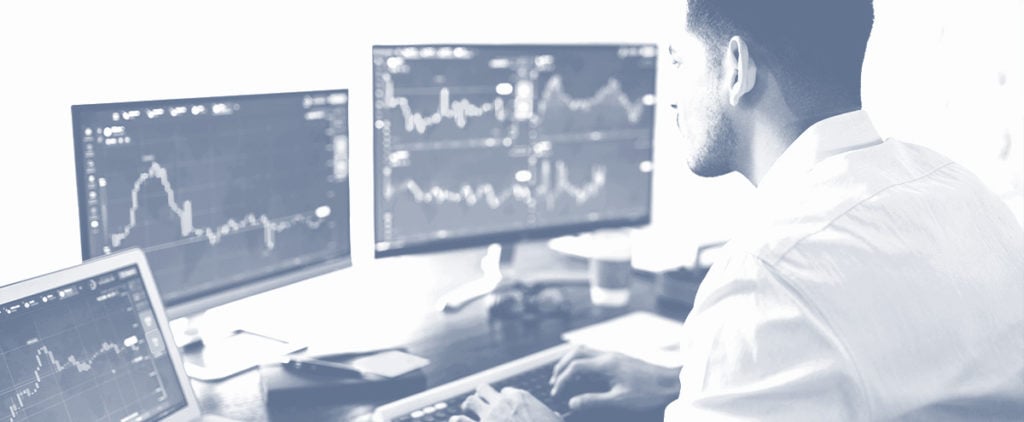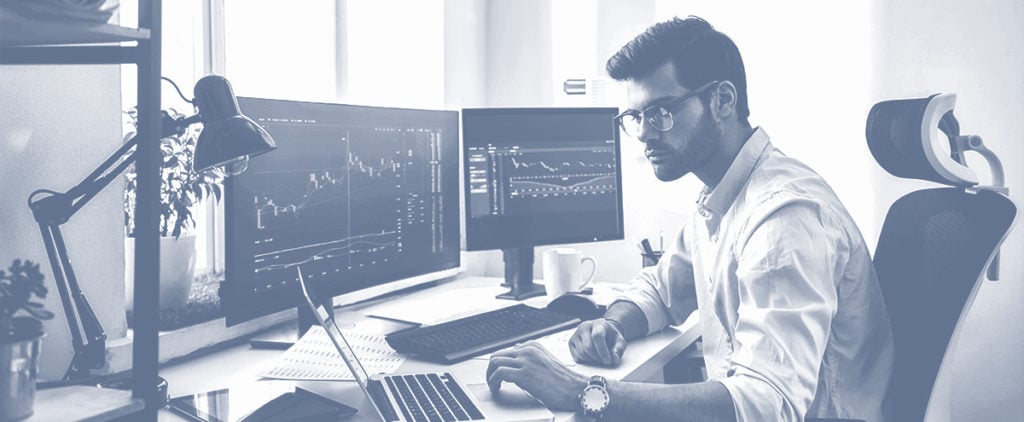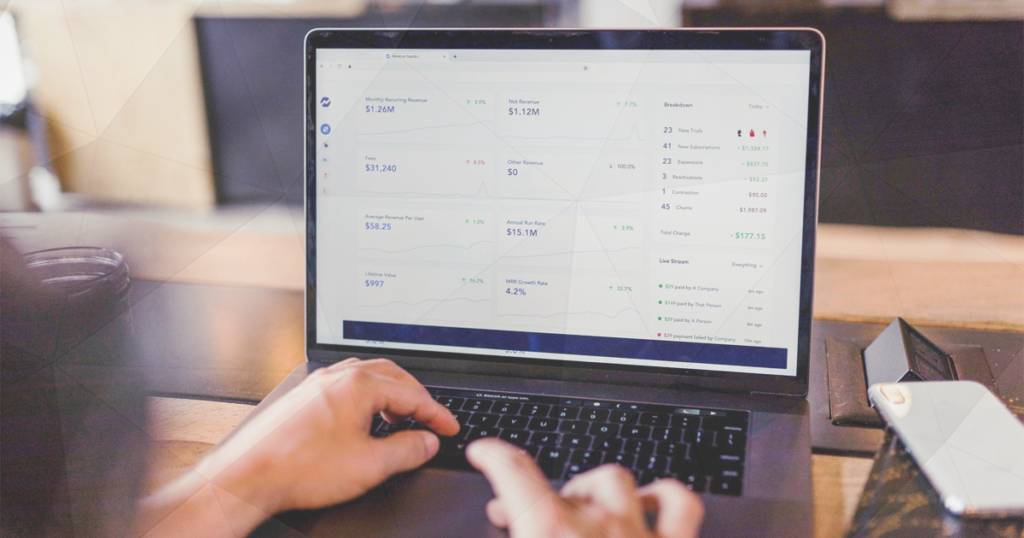12 Tips for Growing a Small Trading Account

According to the latest The Modern Trader report, over 50% of new traders deposit less than $500 in their first trading account.
Trading a $500 account is somewhat different than trading a significantly larger account: You need to pay attention to your free margin and be pickier with the setups you’re going to trade.
However, with the right mindset and risk management approach, you can still grow your tiny account to several thousands of dollars or even more. Read our guide on how to become a day trader with $100.
Here are our top 12 tips for growing a small trading account into a behemoth.
#1 Gain live trading experience
One of the best assets you can get with a small trading account is experience. Although you should start with demo trading first to get acquainted with your trading platform and understand the basics of trading, look to switch to a real account as soon as you’re ready. Don’t spend too much time demo trading.
Trading on a demo account doesn’t trigger the same range of emotions as trading on a real account. Emotions like fear and greed are best understood once you start risking real money, which will in turn make you a better trader by learning how to control those emotions.
Traders need to minimize their fear of the markets, and the best way to achieve this is by gaining trading experience and defining trading rules. When you have rules, you know exactly when to enter and exit a position, which should significantly reduce your fear.
Similarly, greed often leads to overtrading and large trading losses, and the best way to understand both emotions is by trading with real money. You won’t be able to control your emotions and prevent them from interfering with your trading decisions if you’re constantly trading on a demo account.
So, now that your trading experience starts rising, it’s time to start thinking about how to grow a small trading account.
- Learn more, take our premium course: Trading for Beginners
#2 Don’t overtrade
When trading with a small trading account, it’s easy to fall into the trap of overtrading. Overtrading refers to opening multiple leveraged trades with high sizes, which can lead to high trading losses.
Traders who trade on a limited budget are often trying to compensate for their small account size by taking overleveraged positions.
Unfortunately, that’s the perfect recipe for trading disaster. Even though small account holders need to responsibly increase their risk levels, taking too much risk will inevitably lead to large trading losses.
Related Reading: 10 Reasons Why Most Day Traders Fail
#3 Define your risk management rules
One of the most important steps you can make to grow a small trading account is to clearly define your risk management rules. Without risk management, there is a high chance that you’ll blow your account, whether it’s a small or large trading account. Risk is the only thing that traders have control over, so make sure you that you a set of rules to decrease your losses and increase your profits.
It’s smart to define your risk management as soon as you start trading on a live account. So as your account grows bigger, you’ll have the necessary experience to control larger position sizes without fear and greed.
#4 Trade only high-probability trade setups
Traders with small accounts can’t afford the luxury of trading mediocre trade setups. Open only a position if your analysis shows that the setup is a high-probability one.
How you’re going to identify high-probability setups depends on your trading strategy and style, but make sure to have a process in place that ranks your trades from low-probability to high-probability setups.
I like to use a checklist of technicals, fundamentals, and positioning data to determine whether I have found a perfect A+ trade setup.
#5 Increase your risk responsibly
You’ve likely heard about the saying that you should never risk more than 1-2% of your trading account per any single trade. Well, that’s not always the case. Risking 1% of a $100 account is not the same as risking 1% of a $100,000 account. Plus, the amount of risk you’re taking should also depend on the quality of the setup.
Since you want to take only high-probability trade setups when trading with a small trading account, you should aim for higher risk levels to increase your potential profits.
We are not talking about overtrading here. We don’t trade setups that don’t meet all the rules of our trading strategy, and we certainly don’t want to risk 50% of our account on a single trade, even if it’s an A+ setup.
However, don’t be afraid to raise your risk-per-trade when trading great trade setups.
We’re allowed to increase our risk since we’re only trading high-probability trade setups with multiple technical and fundamental confirmations. That’s why I call this increasing your risk responsibly.
#6 Let your winning trades run
Another thing you want to get used to when growing a small trading account is to let your winning trades run. Admittedly, this is also important for larger accounts, but the effects it can have on smaller accounts can be astounding.
Remember when I said to increase your risk responsibly when spotting an A+ trade setup? Those setups can return high reward-to-risk ratios, which is when the real power of letting your winners run kicks in.
You can easily double your account when following these tips while simultaneously keeping your risk relatively low. Imagine a high-probability trade setup with a clearly defined stop-loss level of 15 pips. What is a pip, you ask? Read our guide on what a pip is and how they’re quoted. That stop-loss can be based on a trendline, major support or resistance level, or any other technical tool you’re using with your strategy.
Now, if you catch a strong trend, it’s not unusual for the price to move hundreds of pips in a matter of hours or days, which would return a very attractive reward-to-risk ratio of 10:1 or higher. If you risked 10% of your account on that trade, you would have doubled your account.
Again, don’t fall into the trap of overtrading: A risk-per-trade of 10% is quite high and should only be applied to trades that are clear A+ setups. If you’re day trading, you should be able to find at least one A+ setup during the week.
#7 Cut your losing trades
Following the analogy of letting your winners run, you should close your losing trades if they’re not performing as expected. The most successful traders are known to be very impatient with their losing trades; if they’re not doing what’s expected, successful traders will simply close them. That’s also the reason why the average size of winning trades is way larger than the average size of losing trades among profitable traders.
How to know when your trade isn’t performing as it should be?
If you’re trading A+ setups, that market should quickly go in your direction. If the price reaches a major technical level followed by thousands of traders worldwide, the aggregate reaction of those traders should quickly prove your trade idea right.
A smart way to cut trades that aren’t performing is to have a time stop. If you’re day trading and your trade is still trading around breakeven or at a small loss after a few hours, it’s time to close the trade and look for other trading opportunities.
#8 Stay on the trend as long as possible
Catching a trend in its early stage is similar to hitting the jackpot at a casino (with the main difference that you didn’t gamble but took calculated risks). So, if you catch a trend early, make sure to stay on the trade as long as possible. Again, this works for both large and small accounts.
Ideally, when trading on a small trading account, you should look for A+ trade setups that have the potential to become a long-lasting trend. This means catching a trend-reversal and hitting the perfect entry point with a responsible risk-per-trade and an attractive reward-to-risk ratio. Catching the perfect entry point requires some trading experience, which is why that’s the first point you’ve read in this article.
#9 Follow market reports
Market reports, especially if they are unexpected, can send shockwaves through the markets. Following the current theme that the market is focused on can therefore help in taking calculated risks and growing your small account.
The focus of the markets can shift swiftly and abruptly, so try to stay up-to-date on current market news. Close your trades or move your stop-loss to breakeven ahead of important or breaking market news.
#10 Have a technical reason to enter a trade
Following market fundamentals is nice, but always wait for a confirmation from technical levels before entering into a trade.
One of the major drawbacks of relying solely on fundamentals is that they don’t provide tradeable price levels. You may anticipate a move up or down but won’t know where to pull the trigger and enter into a trade. Without exact price levels, it’s impossible to control our risk and determine whether our analysis is right or wrong.
Technical levels provide a powerful way to identify levels where your idea becomes invalidated. In every chart, there are technical levels which, if broken, shift the overall picture from bearish to bullish, and vice-versa.
- Take our premium course: Trading for Beginners
- Take our free course: Technical Analysis Explained
- Take our free course: Trends, Support & Resistance
- Take our free course: Japanese Candlesticks Decoded
- Take our free course: Reversal Price Patterns
- Take our free course: Continuation Price Patterns
#11 Have a technical reason to close a trade
Just like when opening a trade, you need a good reason to close a trade. Being in good profit is not enough (that’s our job anyway). I often don’t set my profit targets at all but let the market decide what is the best level to exit my trades.
For short-term scalping trades, it’s fine to have a profit target with a reward-to-risk ratio of at least 2:1. But, if you want to catch the bigger trade, don’t set targets. Instead, look at the trendline of the trend, the 100-period and 200-period MAs, Fib retracements and extensions, and major (daily or weekly) support or resistance levels to guide your exit decisions.
If the price breaks the 1-hour trendline, and the 200-hour MA, this could be a sign to exit your trade, after it has hopefully already accumulated some nice profits.
#12 Adjust your risk levels as your account grows
Last but not least, you should adjust your risk-per-trade levels as your account starts growing. Risking 10% on a high-probability trade is fine if your account size is lower than $1,000, but as your capital grows, you should become more conservative with your risk management.
Set some limits based on your account size. For example, you could decide to risk 8% on A+ setups until you reach $3,000, 6% until you reach $10,000, and 4% once you pass the 10k mark. Remember, this applies only to high-probability trades, so stick to lower risk-per-trades (2-3%) on trades that are not A+.
- Learn more, take our premium course: Trading for Beginners





